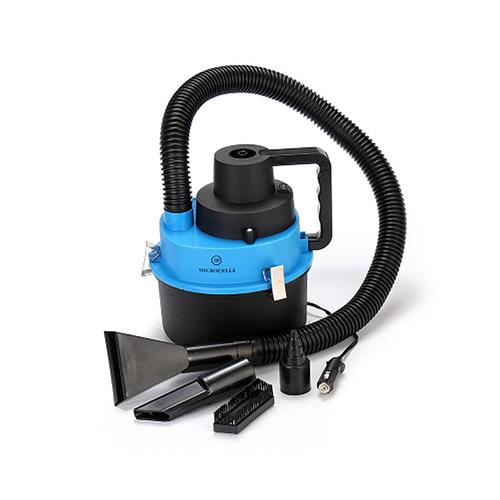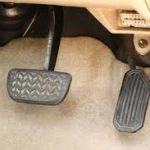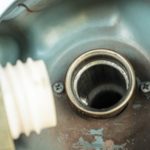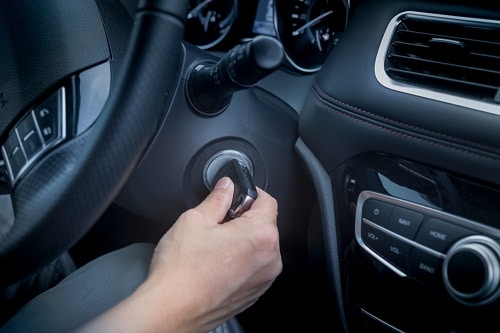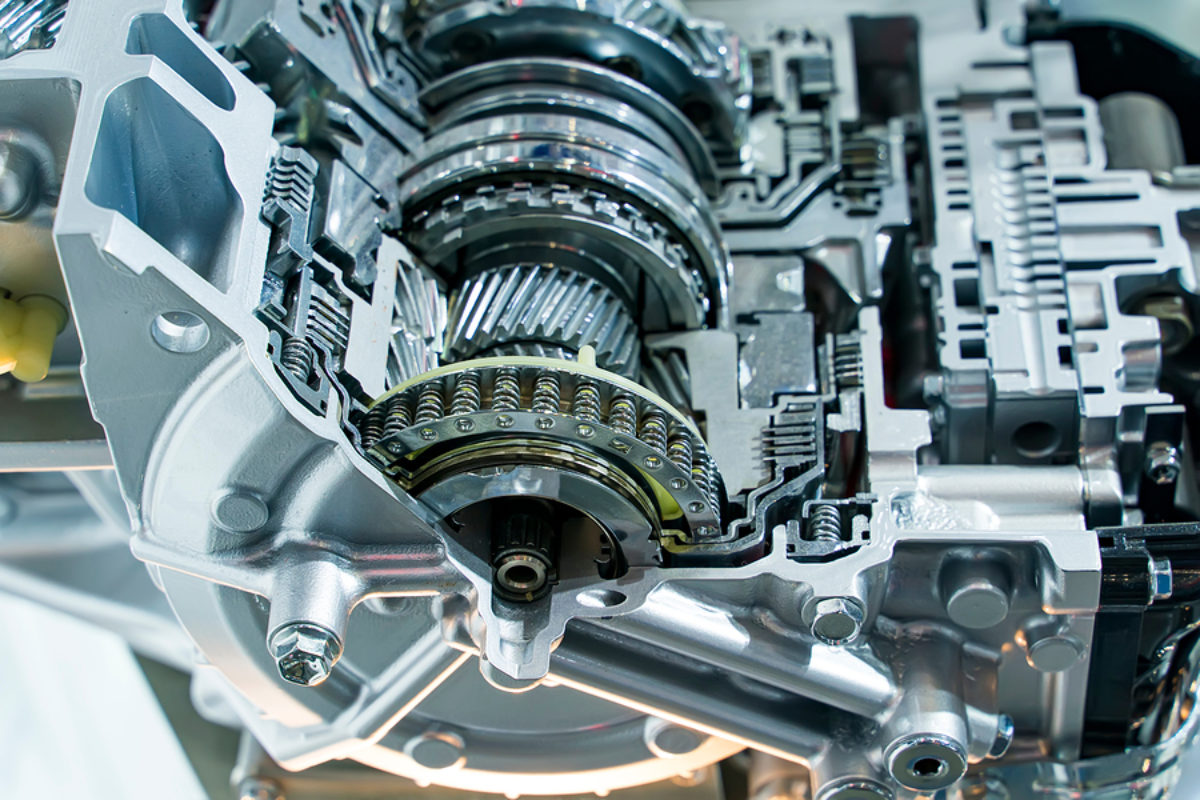The gas tank isn’t meant for water! If you notice there’s water in gas tank, it’s time for you to get rid of it before it causes severe damage to your automobile. In this guide, we are going to consider how to get rid of water in gas tank, symptoms of water in gas tank etc.
How To Get Rid Of Water In Gas Tank
Follow the steps below to completely remove water from your tank:
Empty the tank and replace the fuel filter and refill
The most effective approach to remove water from a gas tank is to vacuum it out, change the fuel filter, then refill it.
To suck out all of the water from the tank, you’ll need a vacuum machine, thus this is a job best left to a mechanic shop with these machines. You can also use the built-in gasoline pump, but keep in mind that the fuel pump is usually mounted a few millimeters above the bottom of the tank, so there may be some water left on the bottom.
Fill with a bit of methanol or special fuel additives
If you believe you have a little amount of water in your gasoline tank, you can try to remove it with methanol or a specific fuel additive designed for this purpose. Keep in mind that this will not remove a large volume of water from the gasoline tank and will only work if there is a little amount.
Make sure you read the instructions carefully to avoid damaging the engine or other components. If you want to try it with methanol, be very careful and just use minimal amounts.
Now you have seen the different ways to get water out of gas tank. We want to see the symptoms of signs of water in gas tank. If you experience any of the following signs, then you should know that there’s little or plenty water in your gas tank.
Symptoms Of Water In Car Gas Tank
Rough acceleration
Rough acceleration is arguably the most typical sign of all water in gas tank symptoms. Because the engine mistook the water for fuel, the air-fuel mixture in the combustion chamber will be unusual. This is frequently felt as a jerky acceleration.
Engine Misfires
You will most likely notice misfires when the water enters the combustion chamber of the cylinder due to the issues we discussed before about what will happen when the water enters the combustion chamber.
Misfires and rough acceleration are two symptoms that are often confused, as misfires can cause rough acceleration, but misfires can also be seen while driving.
Rough Idle
Because of the incorrect air-fuel combination and misfires, a rough idle is also a common symptom. At idle, the car engine is vulnerable to tiny errors, and it’s at idle that you’ll notice the most signs of water in the gas tank.
Check Engine Light
All of the engine sensors in modern cars are monitored in real time. If one of the sensors detects incorrect values, it will communicate the information to the engine management unit, which will record a trouble code in memory and, if the situation is severe, may illuminate the engine light.
If your check engine light is illuminated on your dashboard, it’s time to use an OBD2 scanner to check the fault codes.
Steam From Exhaust
When water evaporates in the combustion chamber or the exhaust pipe, steam is produced. We all know what happens when you cook water over 100 degrees Fahrenheit: it turns to steam.
If you observe a lot more steam coming out of the exhaust pipe than usual, it could be due to water in the gas tank.
Reduced Acceleration
All of the sensors in the automobile are constantly ensuring that the air-fuel mixture is optimum. If the engine is wet, the sensors will give an incorrect reading, causing the engine to run either rich or too lean. The engine’s power may be diminished as a result, and you may notice symptoms such as poor acceleration.
Hard Starting
Any automotive engine’s start-up phase is extremely important. The fuel mixture must be nearly exact, or the spark plugs will not have enough gasoline to ignite the fuel, or it will be drowned, and no ignition will be possible.
It’s terrible for the starting condition if there’s water in the gas tank, and you can have a hard time starting it. Check this if you notice extended cranking times.
Engine Doesn’t Start at All
There is a point at which there is so much water in the fuel that the engine will not even start. If your engine won’t even turn over, it’s possible that it’s hydro-locked. Water cannot be compressed in the same way that air can, thus when the pistons try to compress the air in the cylinder, they will also try to compress the water, which is impossible.
This may cause the engine to completely lock up and may even harm the internals of the engine, such as the crankshaft rods. This is unusual, and there must be a lot of water in the chamber for this to occur. If you suspect this is the case, remove one spark plug to see if the crankshaft can be turned afterward.
What do you do if you get water in your gas tank?
Draining and refilling your gas tank is the best technique to remove all water from the tank. For some drivers, this may appear to be a pricey option; however, the damage to your vehicle that you will save is well worth it. HEET® is a fuel additive designed to help remove water from the gas tank.
How much water in gas tank will ruin a car?
Any car’s engine can be harmed by a full cup of water or less. While some water may naturally find its way into fuel tanks, any more than this will cause serious problems for a vehicle. If water gets into a fuel tank, it’s critical to get it out so the car’s engine can function correctly.
How can water get into gas tank?
Water can enter the gas tank through a number of channels, including a broken or damaged fuel cap. Slight droplets of moisture can enter the gas tank through even a small fracture in the fuel cap. Remove the fuel cap only when you’re filling up the tank.
Can water destroy car engine?
Because water does not compress, any water present in the combustion chamber is likely to cause damage to the piston or connecting rod. This problem, known as “hydrolocking,” will quickly destroy an engine. Look for a dirty water line to see how high the water crested if you didn’t spot the vehicle until after the water had retreated.
Will car run after being submerged in water?
If the water is deep enough, the automobile should float long enough for you to get out. Unlock the doors and open the windows right away; your car’s power accessories should stay on for at least a minute.


